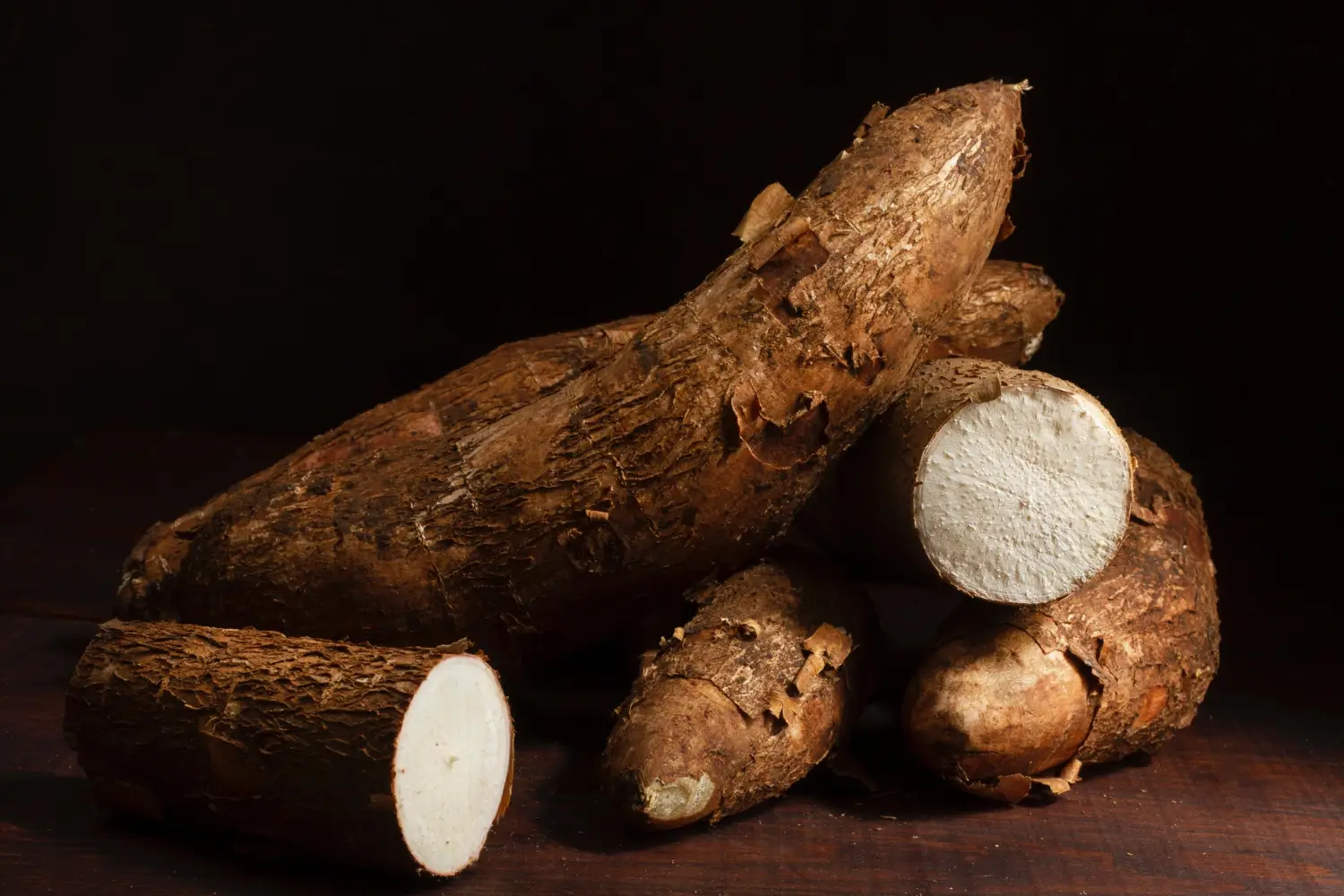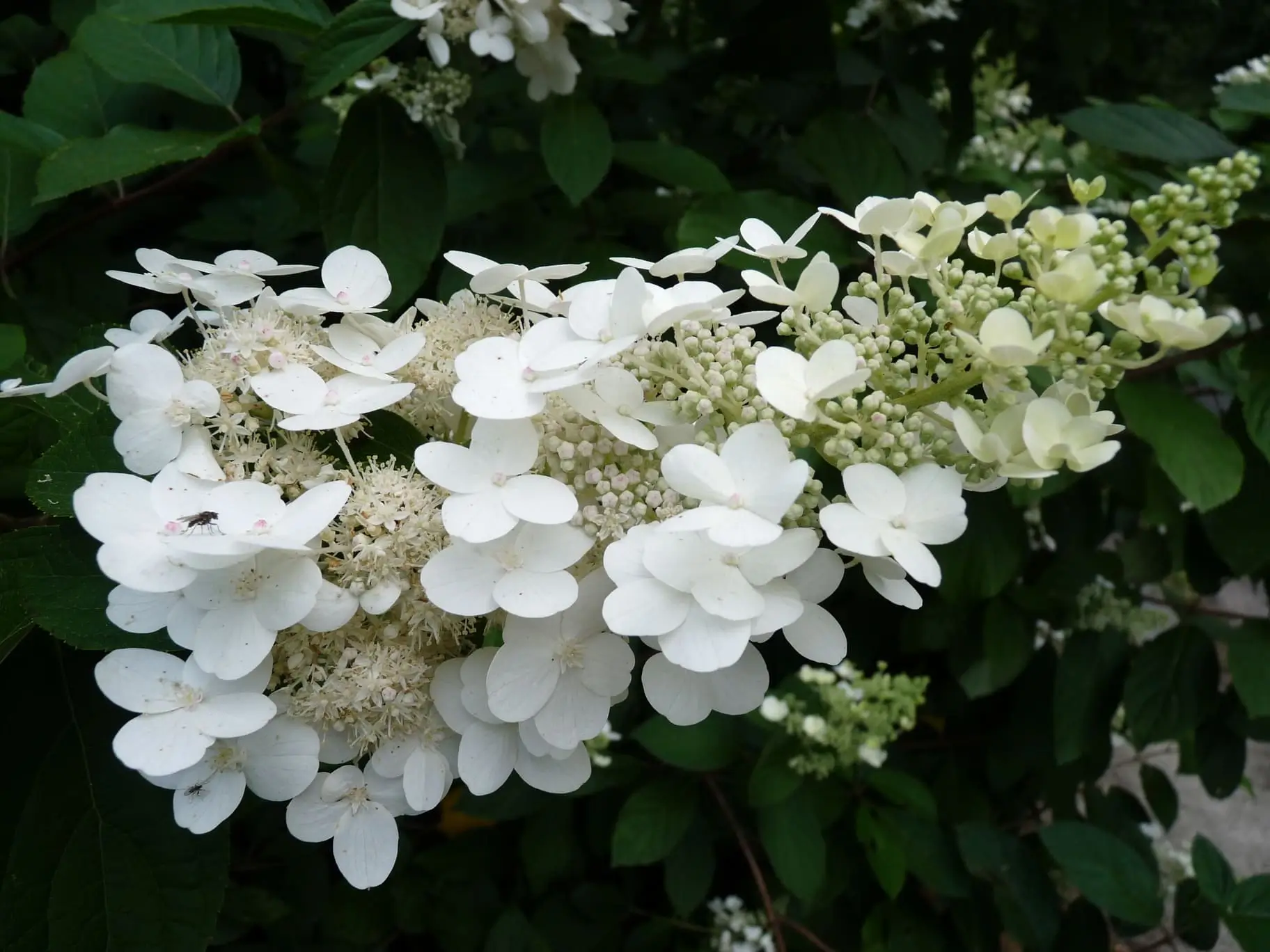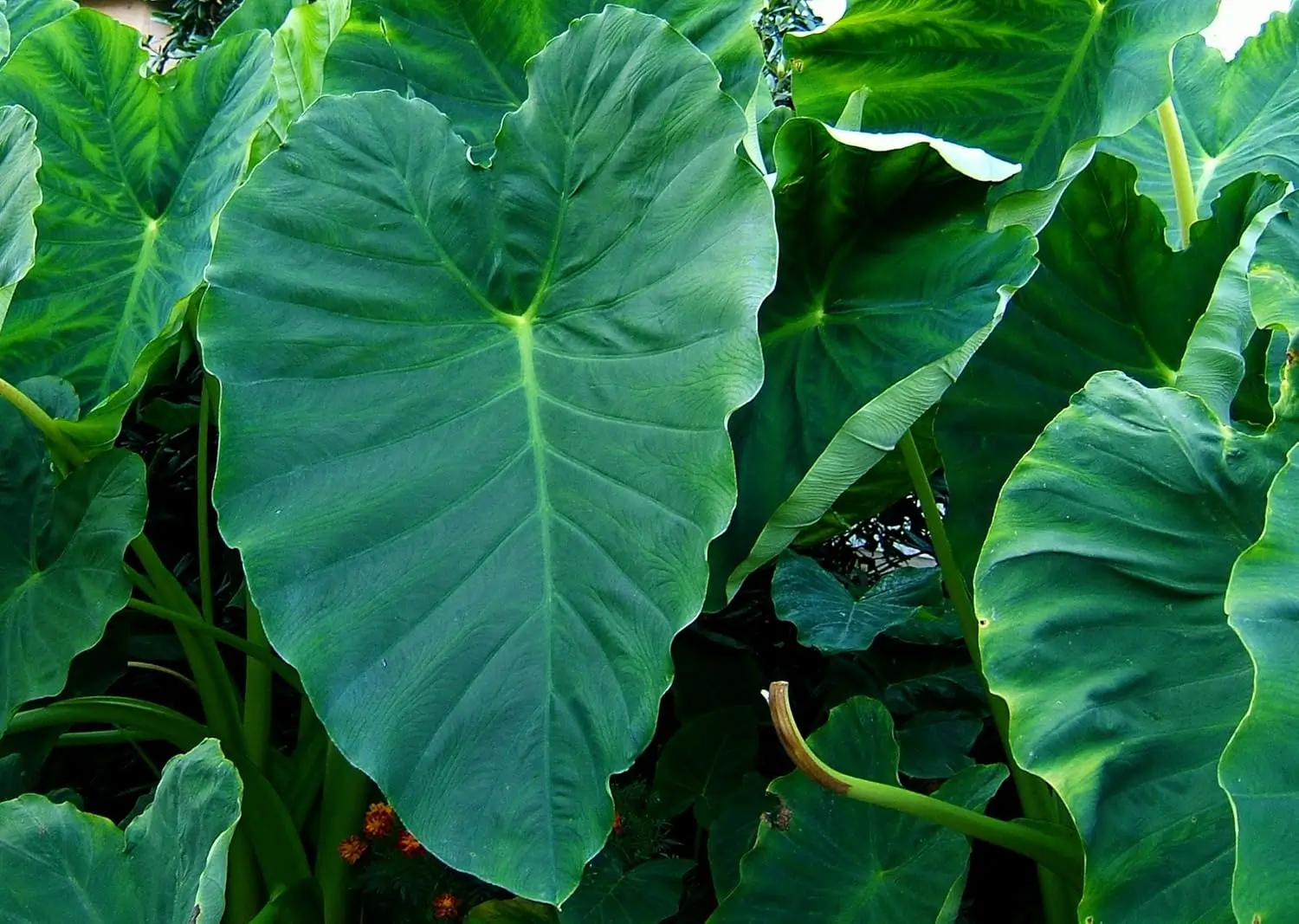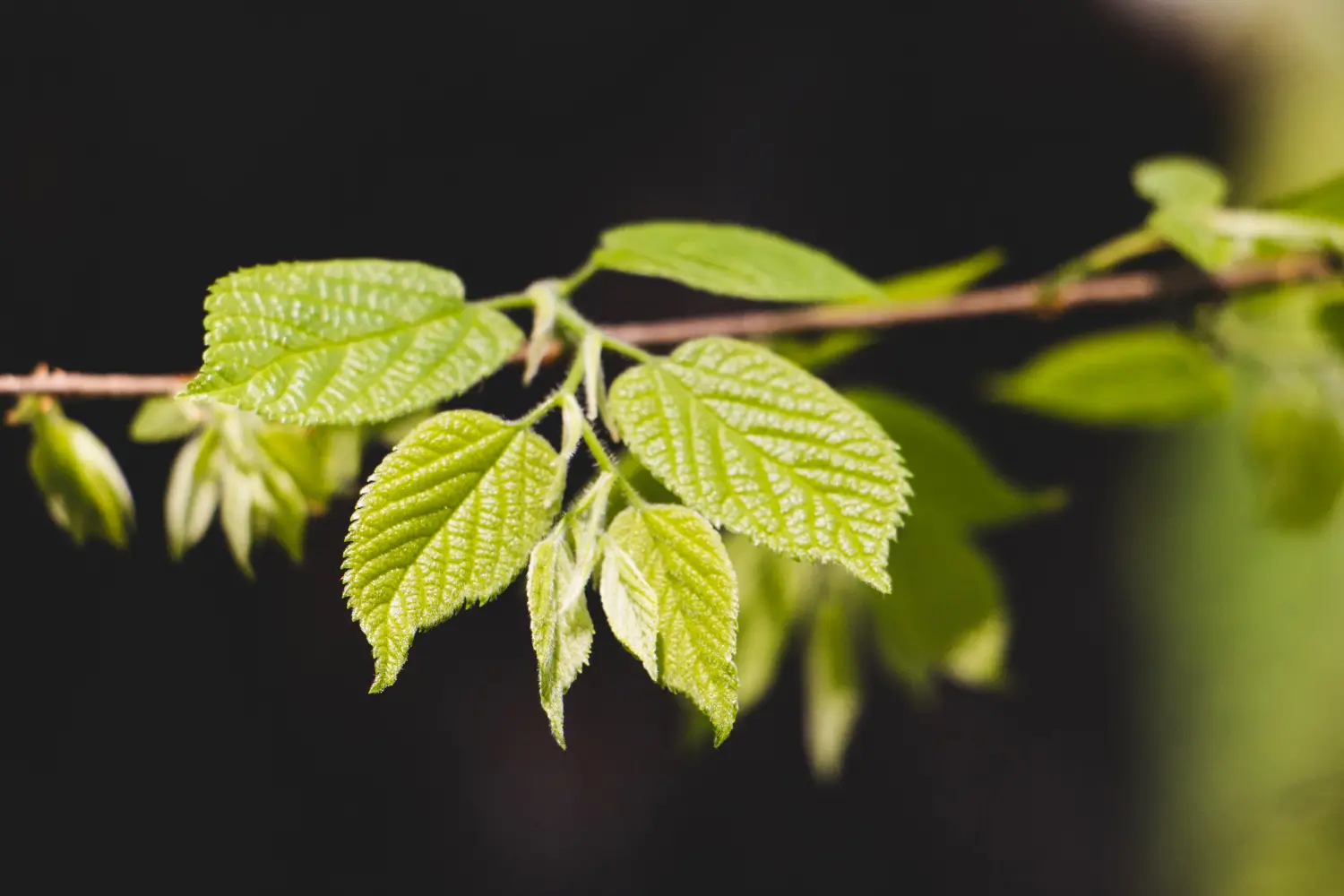
Soil Health & Fertilization
We unite suppliers and green industry professionals worldwide
A rich green foliage and its tolerance to sun or partial shade makes iAfrican Fern Pine an asset to any garden or landscape around the world. This evergreen tree has a soft and gentle texture from its feathery, fern-like leaves falling from its branches.
By Mariam Scott
|Published on June 15, 2025


Are you yearning to have a piece of the African wilderness right in your backyard?
If yes, then that might just be the African Fern Pine! This evergreen tree with a rich green foliage and its tolerance to sun or partial shade makes it an asset to any garden or landscape around the world. Often called Afrocarpus Falcatus, the African Fern Pine has a soft and gentle texture from its feathery, fern-like leaves falling from its branches. It is an absolute delight to look at.
This tree is popularly used around the world for its adaptability and resilience towards various environments. Found originally in the coastal region of East Africa, the straight growth habit and dense canopy of the tree makes it an excellent specimen for privacy screening, wind breaks, or even a decorative specimen for a huge garden. While the tree-like structure and form of the African Fern Pine makes it look like a shrub, it is in fact a big shrub.
| Common Name | African Fern Pine |
| Botanical Name | Afrocarpus falcatus |
| Type | Evergreen tree or large shrub |
| Height/Spread | 15–30 feet tall, 10–20 feet wide |
| Sunlight Needs | Full sun to partial shade |
| Soil Needs | Well-draining; sandy, silty, or light clay |
| Watering Requirements | Moderate; frequent watering when young, drought-tolerant when established |
| Bloom Time | Rarely blooms; produces cones when mature |
| Hardiness Zones | USDA Zones 9–11 |

September 25, 2025
9 minute read
September 24, 2025
9 minute read
September 23, 2025
10 minute read
September 22, 2025
9 minute read


Join as a seller and connect with thousands of B2B buyers nationwide!
Sign Up
African Fern Pine is a low-maintenance, evergreen tree that brings elegant texture and strong structure to any landscape. With its soft, feathery foliage and adaptability, it thrives in a range of environments when given the right start. Plant in early spring, to promote the formation of strong roots, and maintain long-term health.
After established, this tree is extremely heat, drought, and soil adaptable being one of the more popular choices for privacy screens or a windbreak or as an ornamental feature.
African Fern Pine prefers full sun for optimal growth but is also shade-tolerant. Aim for at least 6 hours of direct sunlight daily to promote a dense, healthy canopy. In very hot climates, some afternoon shade can help prevent leaf scorch.
A well-draining soil such as silt, sand or clay, with a preferred pH of 6-7.5, is optimum for growth of the African fern pine. Although the plant is adaptable to different types of soils, proper drainage to avoid water collecting around the roots is essential. Heavy soil can also be improved by using rubble or sand for better drainage.
The African fern prefers being watered frequently during the early stages of growth, but is able to withstand drought after the plant is established. Soil drying up frequently during this period should be avoided to prevent root rot. The root area should also not be saturated with water to allow for aeration.
Pruning the African fern pine is important for maintaining its tidy elegant look. Before new growth begins in early spring, ensure you do the required trimming. Avoid damage by getting rid of decaying branches throughout the year. Overcrowded and unwanted branching should be solved with sharp pruning sheers. The plant can also be trimmed and shaped into a formal structure.
Regular pruning also helps with good air circulation, helps mitigate the chances of disease, and enables the tree to maintain an attractive shape.
While it is definitely possible to reproduce the African Fern Pine using seeds or cuttings, it will require more work than other plants. Regardless, with patience, it can be accomplished.
To propagate from seeds:
The germination process can take several weeks, so they need to be patient.
In the growing season:
African Fern Pines are usually planted in the ground, but can also be grown in containers well, perfect for those with limited space or those who want to bring a little bit of nature inside during the winter.
Container-grown African Fern Pines require more frequent watering and nutrient care than those planted in the ground but provide flexibility for small gardens and indoor spaces.
The African Fern Pine grows best within USDA Zones 9-11, which indicates it can withstand mild winters but may need some shelter from harsher conditions. If you have frost or freezing temperatures, consider wrapping the tree's base in mulch to protect the roots and maintain warm soil. In severely cold climates, it may help to bring younger or smaller plants indoors during the winter months, or provide some frost protection.
The plant is mostly grown for its foliage, which makes it tough to encounter flowers in African Fern Pine cultivation. When the plant matures, it does, however, produce cones that can add charm to any landscape. Although the cones are not particularly captivating, they are a nice change to the usual plants in your garden or landscape.
African Fern Pine can run into a few problems despite good conditions provided.
More than just a pretty face, the African Fern Pine is a hardy, versatile and fuss-free evergreen that provides a constant, calming shade of green, structure and serenity to the landscape and home, all year long. Whether you are looking to make a bold statement with a privacy screen, windbreak or an exquisite focal point in the garden, this tree delivers with quiet elegance.
With a little attention during its early growth stages and attentiveness to pest and watering needs, the African Fern Pine will live for many years to come — offering a piece of East African wilderness that feels right at home in your own backyard.
Yes, African Fern Pine can be grown indoors if it is kept in a large pot and receives sufficient sunlight exposure. It prefers bright, indirect sunlight and does well with partial shade.
African Fern Pine has a moderate growth pace, typically between 6 to 12 inches in a year. It can aspire to reach a mature height between 15 to 30 feet with proper care.
During spring, when temperature is warm and stable, is the best time to plant the African Fern Pine.This enables the tree to become established prior to the onset of any severe weather conditions.

Soil Health & Fertilization
Victor Miller

Pest Identification & Prevention
Victor Miller

Lawn Care Tips & Maintenance
Victor Miller

Soil Health & Fertilization
Victor Miller

Smart Irrigation Systems
Victor Miller

Patios, Walkways & Driveways
Victor Miller

Soil Health & Fertilization
Victor Miller

Pest Identification & Prevention
Victor Miller
My Account
Our team is always here to help.
We are open Monday - Friday, 9:00 AM to 4:30 PM PST.



